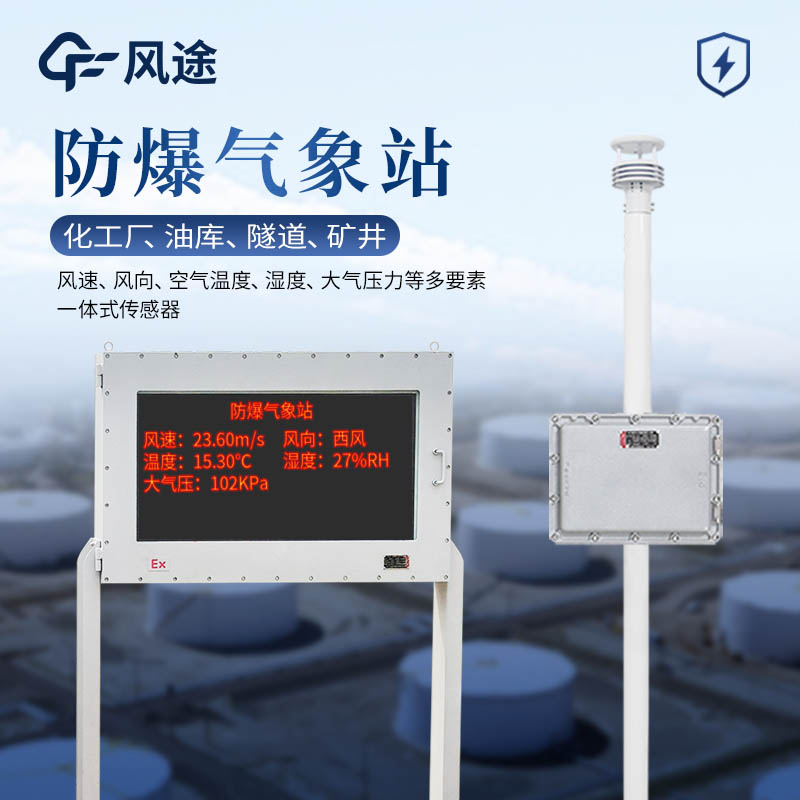Meteorological environment monitoring equipment supplier
Insist on doing high-precision customer favorite technology products
Coal mines have various urgent needs for weather stations. Firstly, the meteorological data monitored by weather stations is of vital importance for ensuring the safe production of mining areas. The accurate observation of elements such as temperature, humidity, air pressure, wind direction, wind speed and rainfall can provide a basis for coal mines to prevent various disasters. For example, humidity data can assist in judging the risk of spontaneous combustion of coal. When the humidity is low, the possibility of spontaneous combustion of coal increases, and the coal mine can strengthen fire prevention measures accordingly. Information about wind direction and wind speed is extremely crucial for predicting the diffusion direction and range of exhaust gases and dust in the mining area, which can help enterprises rationally plan the production layout and reduce the harm to the surrounding environment and the health of employees.
Secondly, the Industrial Weather Station helps mining enterprises with resource transportation. The transportation routes of mining enterprises in mountainous areas are often significantly affected by meteorological conditions. For example, heavy rain may trigger geological disasters such as landslides and mudslides, blocking transportation roads; bad weather such as fog and strong wind will reduce the visibility of roads and affect the driving safety and efficiency of transport vehicles. Accurate weather forecasts can enable mining enterprises to know about weather changes in advance, rationally arrange transportation plans, select appropriate transportation times and routes, and avoid transportation delays and resource losses caused by weather reasons.
Furthermore, the Industrial Weather Station can improve the accuracy of weather forecasts and provide support for the overall disaster prevention and reduction in the mining area. In high-altitude mountainous areas, mining enterprises face complex and changeable weather conditions such as high-altitude hypoxia, low temperature, rain, snow and hail. The improvement of the weather station network can more comprehensively monitor meteorological changes, timely detect potential meteorological disaster risks and issue early warnings in advance. This can not only ensure the continuity of production operations in the mining area, reduce losses due to shutdowns and stoppages caused by disasters, but also protect the lives of employees in the mining area and reduce the risks of enterprises in terms of casualties and property losses.
